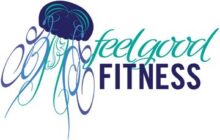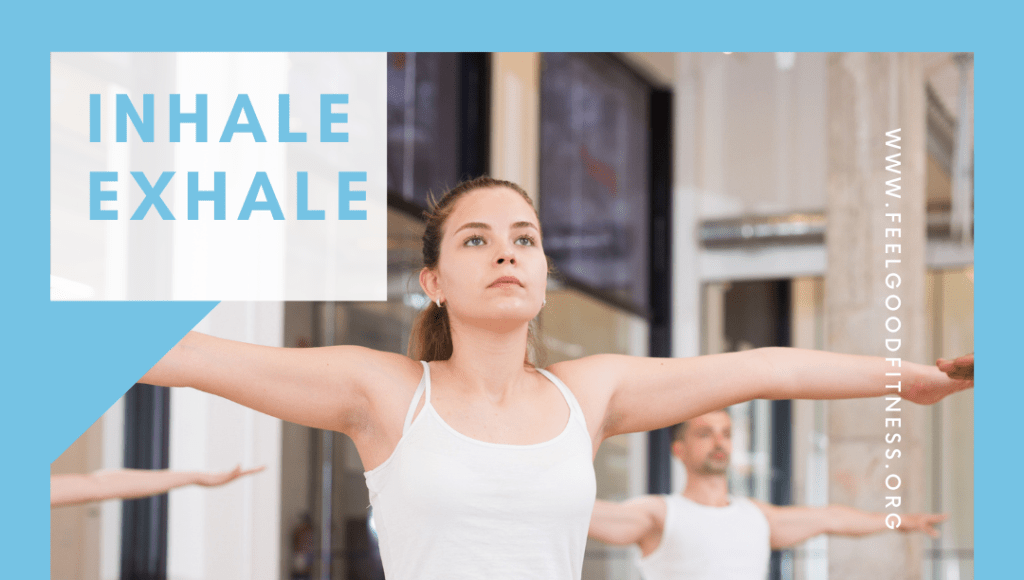When do I breathe? I get asked this question so much!
At what point do you breathe in or out? What if it doesn’t feel right? Right happens if you do it the wrong way round?
So much confusion and panic!
In Pilates there is often a cue on when to breathe. Inhale as you do this, exhale as you do that, then inhale and then exhale. Argh! Too much to remember!
So lets break it down a little bit and make it a bit easier to get the hang of.
Pressure Management
When we perform certain exercises and movements, we create intra-abdominal pressure. Sometimes this is a good thing and sometimes not. For pregnancy, diastasis, POP and low back pain making sure we manage that pressure is important. Too much and it can make us symptomatic, causing pain and discomfort. Too little and the body might not be able to with stand the load being placed on it.
When it comes to exercise, we can defiantly help to manage this by using our breath.
To Expand or Stretch
Breathing in or out can create length and expand certain muscles when we are doing different movements and exercises. Think mermaid in Pilates- we breathe in when the arm is over the head to help expand the ribs and create length in the waist. We often use the out breath to help us stretch too. We use this to try and help our brains, allow our bodies to release a little bit further into a stretch.
To Create Power
A breath out can help create power out put, think when lifting with effort or in the upwards phase of a sit up type movement. The breath can help to generate more power to the working muscles, providing oxygen due to the change in our internal pressure.
When In Doubt, Breathe Out
We can see then that breath can play an important role in exercise. But we still haven’t looked at WHEN. This really does depend as we have briefly looked at above. If you get lost breathe out, always. Or when you feel the biggest effort of your exercise or movement is.
For example in a squat the effort is on the way up- against gravity, so this is where you need to breathe out. Your inbreath then would be the lower phase. This rule is then applied to the push phase of a push up, the pull of a bent over row, the upwards phase of a sit up. When we take limbs away from the body, such as lunges or leg stretches, the breath would normally be in as it goes away and out as it returns. This is where it can get a little confusing.
What about if both phases feel equally as challenging? Breathe out on BOTH phases, with an inhale in the middle of each phase. So for a leg stretch, breathe out to reach the leg, in at the furthest point and out to return. This will make the movement slower but give you time to a) breathe and b) connect to the right parts of your body.
In static exercises such as plank, its important to just keep breathing, preferably controlled and slow(ish).
What Happens When You Get It Wrong?
If you have POPs, diastasis, hernia or low back problems the breath out on the effort is important in helping to create and manage the right of amount of intra-abdominal pressure when adding load to the body. Eventually we are aiming for you to be able to switch the breath round and use the breath for more challenge, create length or stretch. This can only happen once the body is conditioned to do this. In theory if over time, there was poor management of the breath and exercise it could lead to a worsened conditioned such as an increase in symptoms of POP or a diastasis that wont heal. But this will only happen with repeat offence and is an absolute worst case scenario.
When you are adding a lot of load, such as in a heavy weight session, then this rule is supper important too.
The Worst Breath Is No Breath
This is the ultimate to remember: the worst breath is no breath. If we hold our breath and do things like heavy lifting or anything else that requires effort, we can create a lot of pressure. This can lead to things like the Valsalva Manoeuvre, causing blood pressure to raise, putting lots of pressure on the pelvic floor, abdominals and spine. Over time this can lead to all the conditions mentioned above. It’s not uncommon to see body builders with a diastasis!
Its far more important to breathe at some point. If you can time the breath with the effort or requirement of the movement, great. BUT if it all goes wrong, you get confused, it doesn’t feel right. Just breathe out!


